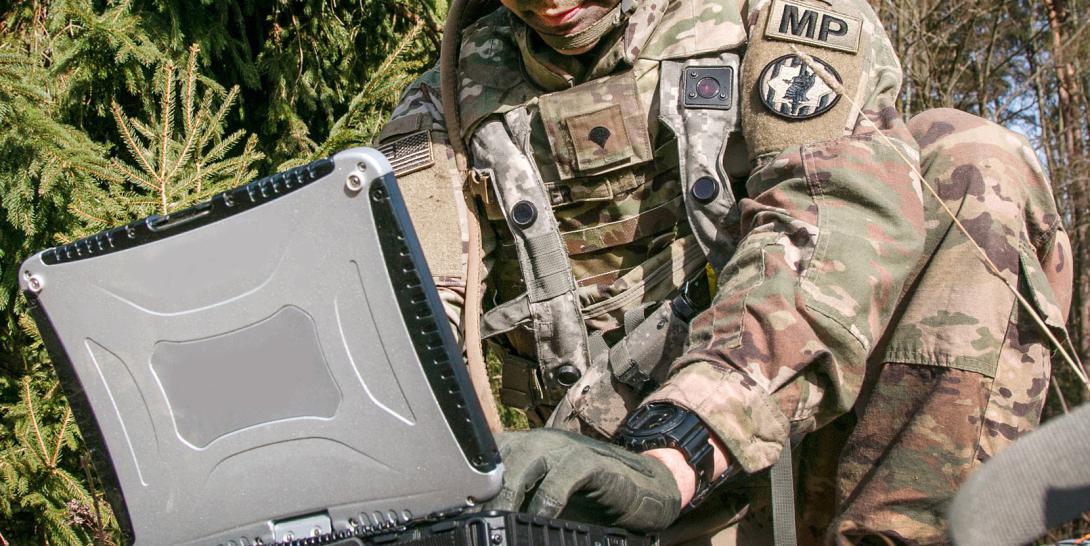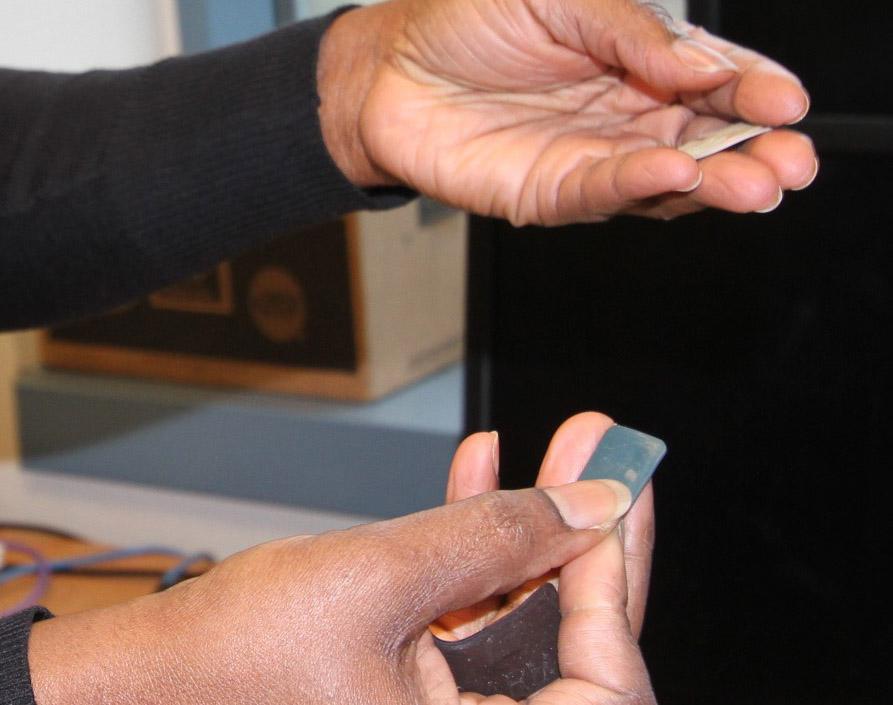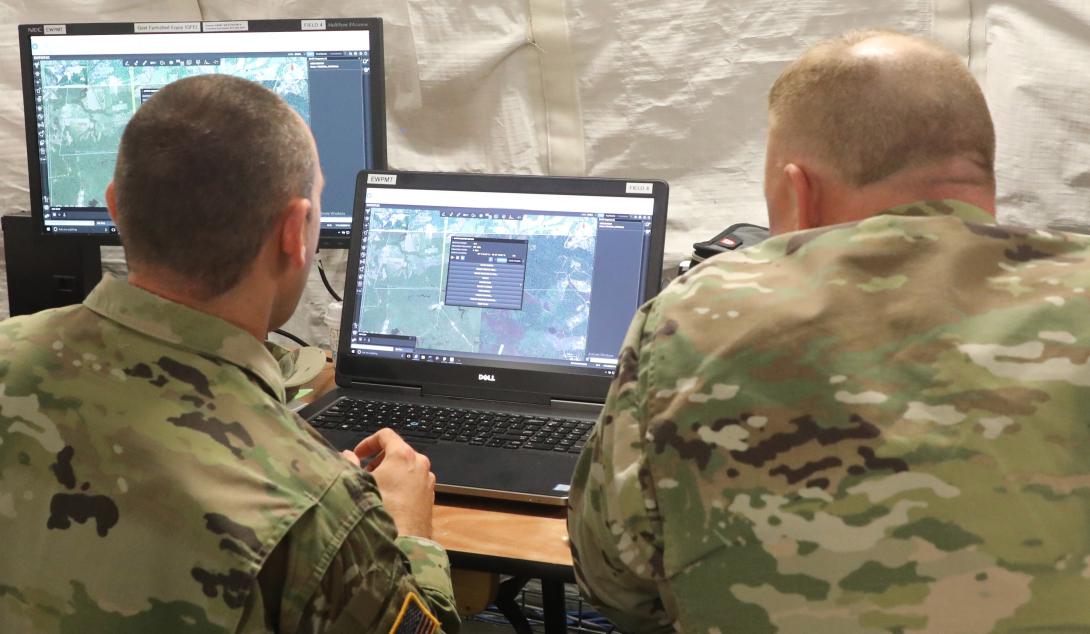Identification Verification Capabilities Shrink
The identification verification tools that easily work at the corner bank to access cash or online to pay a bill don't work as easily on the battlefield, where the simple action of pulling a card out of a pocket is clumsy at best and impossible at worst. To address this challenge in harsh environments, the U.S. Army is introducing tokens that can be incorporated into wearables as small as bracelets or dog tags.
For nearly two decades, the military has been using common access cards (CACs) for both physical and system access. By today’s standards, the cards are nearly ancient technology and they’ve had limits. “Those work well in home station, but they don’t work well tactically because we have multiple domains, coalitions, the SIPRNet, the NIPRNet, and a soldier may need a token for each one of those,” explains Chuck Hoppe, director of science, technology and engineering at the U.S. Army’s Combat Capability Development Command (CCDC), Command, Control, Computers, Communications, Cyber, Intelligence, Surveillance and Reconnaissance (C5ISR) Center.
To address this issue, the center’s Space and Terrestrial Communications Directorate is rolling out an identification token that enables soldiers to securely access network-based capabilities while operating on the move in the battlespace.
The directorate’s Task ID and Access Management (TIDAM) program wearable identity token will provide warfighters with a secure and simple way to identify, authenticate and be authorized access to Army networks, operating systems, servers, laptops, applications, web services, radios, weapon systems and handheld devices. No larger than a quarter, the tokens are wireless, lightweight, flexible and rugged. They can be stored in a soldier's pocket, attached to a sleeve or integrated into a wristband resembling a Fitbit.
In addition, rather than requiring users to insert a card into a reader, the TIDAM token allows systems to recognize soldiers when they are near a computer or other secured system. The device prompts soldiers for a second ID factor such as a personal identification number, and warfighters are automatically logged out when they walk out of the system's range.
According to Ogedi Okwudishu, TIDAM program project lead, the wearable identity tokens combine the security of a public key-based credential—similar to CAC—with cutting-edge advances in the commercial wireless payment industry and flexible hybrid electronics.
"As part of the Army Futures Command, we're looking to move at the speed of the information age. We want to be able to research, test, prove the concepts and integrate emerging IT capabilities from industry as they become available. There's no point re-inventing the wheel," Okwudishu says. Wearable tokens also leverage existing communication and protocol capabilities, she adds.
"Contactless identity tokens are not only easy to use, they provide a significant cost savings for the Army. You can continue to add authentication capabilities without needing to redesign, or deploy new, tactical hardware to every laptop, server, handheld device or weapon system in the field," she explains.
Cutting-edge technologies like these as well as the processes and challenges they bring with them will be among the topics discussed at AFCEA International’s Federal Identification Forum and Expo next week. The event, which takes place September 23-26 at the Tampa Convention Center in Florida, features speakers from federal agencies, industry and academia. In addition, several sessions qualify as continuing education to support cybersecurity credentials. Additional information is available online.







Comments